Suckermouth catfish - Hypostomus plecostomus
Scientific name: Hypostomus plecostomus
Common name: Suckermouth catfish
Family: Loricariidae
Usual size in fish tanks: 45 - 52 cm (17.72 - 20.47 inch)
014
Recommended pH range: 6.4 - 7.6
Recommended water hardness: 10 - 25°N (178.57 - 446.43ppm)
0°C 32°F30°C 86°F
Recommended temperature range: 22 - 28 °C (71.6 - 82.4°F)
The way how these fish reproduce: Spawning
Where the species comes from: South America
Temperament to its own species: peaceful
Temperament toward other fish species: peaceful
Usual place in the tank: Bottom levels
Origin
The Suckermouth catfish is native to South America, primarily found in the waterways of the Orinoco River.
Lifespan
The expected lifespan of the Hypostomus plecostomus is 10 to 15 years.
Short Description
Hypostomus plecostomus is often housed in smaller tanks that do not accommodate its full adult size. Many beginners may not realize how large these fish can grow, as they are typically sold as juveniles. However, when given a sufficiently large aquarium, they make an excellent addition to the setup. In milder climates, they can even be kept in outdoor ponds, but always verify conditions before making such a move. Commonly known as the “common plec,” the name may understate their beauty, yet they remain popular due to their hardiness and ability to adapt to various water parameters. Despite their resilience, maintaining high water quality is still essential. Include rocks or artificial caves to offer hiding spots and keep the lighting subdued. They produce a significant amount of waste, so ensure your filtration system is adequate and perform regular water changes of at least 10% weekly.
Live plants can be added to the aquarium, but be prepared for possible damage. These fish may uproot plants and even nibble on certain species of leaves.
As juveniles, they are peaceful and will interact well with each other. However, as they mature, they become territorial and may show aggression toward their own species and other bottom dwellers. It is recommended to keep only one specimen per aquarium.
Food and Feeding
While Suckermouth catfish will eat almost anything offered, their diet should be primarily plant-based. Spirulina flakes or pellets, along with algae wafers, are ideal as their main food. Occasional treats like bloodworms and brine shrimp are also well received. Since they are mostly nocturnal, feeding them in the evening is more effective. In the past, they were simply considered algae eaters, and their diet was often neglected. However, it is now widely recognized that these fish require a varied diet just like other tank inhabitants.
Sexing
Adult males develop thicker pectoral fins with a pinkish tint. When viewed from above, females often have a stockier body shape.
Breeding
There are currently no reported cases of this fish breeding in home aquariums. In the wild, they use holes in riverbanks as spawning sites. Like many plecos, the male takes on the parental duties. After fertilizing the eggs, the female has no further role in raising the young.
Picture
Provided by Mihail of Romania.
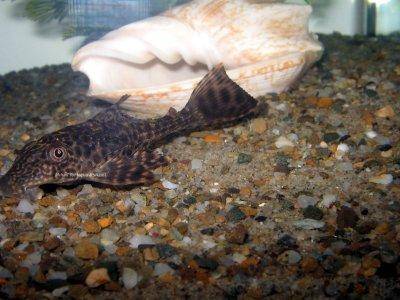

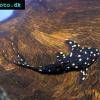 Adonis
Adonis  Lyre
Lyre 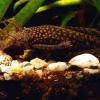 Bristlenose
Bristlenose 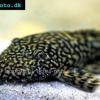 Gold
Gold  Bushymouth
Bushymouth  Spotted
Spotted  Medusa
Medusa  Bristlenose
Bristlenose 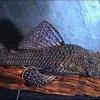 Starlight
Starlight 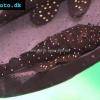 Spotted
Spotted  Catfish
Catfish  Bushynose
Bushynose  Bristlenose
Bristlenose  Green
Green  LDA-33
LDA-33  Snowflake
Snowflake 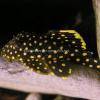 Gold
Gold 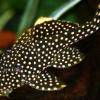 Gold
Gold  Bulldog
Bulldog  Dasyloricaria
Dasyloricaria  Butterfly
Butterfly  Whiptail
Whiptail  Amazon
Amazon  Twig
Twig 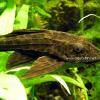 Spotted
Spotted  Spotted
Spotted 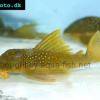 Lemon
Lemon 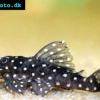 Pleco
Pleco  Peruvian
Peruvian 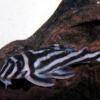 Zebra
Zebra  Pleco
Pleco  Hypostomus
Hypostomus 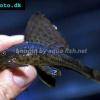 Pleco
Pleco  Spotted
Spotted  Woodeating
Woodeating  Golden
Golden  Sultan
Sultan 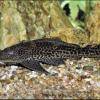 Multiradiatus
Multiradiatus  Marbled
Marbled  Pleco
Pleco 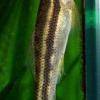 Dwarf
Dwarf  Dwarf
Dwarf 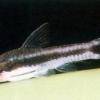 Dwarf
Dwarf  Oxyropsis
Oxyropsis  Orange
Orange 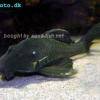 Blue
Blue  Clown
Clown  Royal
Royal  Blue
Blue  Rubber
Rubber  Goby
Goby  Wormline
Wormline  Para
Para  Tiger
Tiger  Leopard
Leopard  Spiny
Spiny 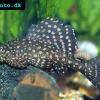 Marbled
Marbled 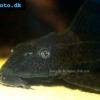 Amazon
Amazon  Common
Common 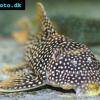 Sunshine
Sunshine  Golden
Golden